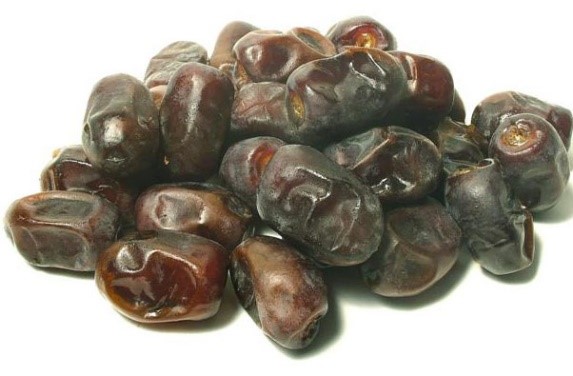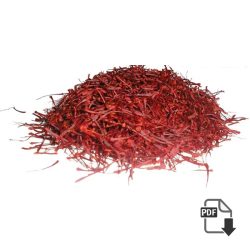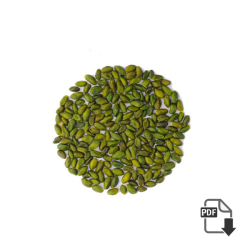— All About Sumac —
Description :
sumac : Sumacs are dioecious shrubs and small trees in the family Anacardiadeae that can reach a height of 1–10 m (3.3–32.8 ft). The leaves are usually pinnately compound, though some species have trifoliate or simple leaves. The flowers are in dense panicles or spikes 5–30 cm (2.0–11.8 in) long, each flower very small, greenish, creamy white or red, with five petals. The fruits are reddish, thin-fleshed drupes covered in varying levels of hairs at maturity and form dense clusters at branch tips, sometimes called sumac bobs.
Saffron Powder Special price + analysis + sale offer
Please for more information or any inquiry click here ……

The leaves and bark of most sumac species contain high levels of tannins and have been used in the manufacturing of leather by many cultures around the world. The Hebrew name og ha-bursaka’im means “tanner’s sumac”. The dried fruits of some species are ground to produce a tangy, crimson spice popular in many countries (see za’atar). Fruits are also used to make a traditional “pink lemonade” beverage by steeping in water before straining to remove hairs which may irritate the mouth or throat, sometimes adding sweeteners such as honey or sugar. Although widely and erroneously stated to be rich in vitamin C, most Rhus species contain only trace amounts and none should be considered a dietary source of this nutrient. The tart flavor is instead provided by high amounts of malic acid. In comparative research, the fruits of Rhus coriaria were found to contain the highest levels of ascorbic acid at approximately 39 mg/kg, which would require an adult to consume several pounds daily to reach the US daily dietary reference intake of vitamin C. Sumacs were also cultivated in mishnaic times and are therefore reckoned with those fruits to which the law of pe’ah applied (Pe’ah 1:5), but in Israel, where it grew wild abundantly, it was not very highly valued and a lenient attitude was adopted about pe’ah (Dem. 1:1).
propagate both by seed (spread by birds and other animals through their droppings), and by new shoots from rhizomes, forming large clonal colonies.

Taxonomy :
The taxonomy of Rhus has a long history, with de Candolle proposing a subgeneric classification in 1825, with five sections. At its largest circumscription, Rhus, with over 250 species, has been the largest genus in the family Anacardiaceae.
Iranian sumac :
Other authors used subgenera and placed some species in separate genera, hence the use of Rhus sensu lato and Rhus sensu stricto (s.s.). One classification uses two subgenera, Rhus (about 10 spp.) and Lobadium (about 25 spp.), while at the same time Cotinus, Duckera, Malosma, Metopium, Searsia and Toxicodendron segregated to create Rhus s.s.. Other genera that have been segregated include Actinocheita and Baronia. As defined, Rhus s.s. appears monophyletic by molecular phylogeny research. However the subgenera do not appear to be monophyletic. The larger subgenus, Lobadium, has been divided further into sections, Lobadium, Terebinthifolia. and Styphonia (two subsections).
Etymology :
The word ‘sumac’ traces its etymology from Old French sumac (13th century), from Mediaeval Latin sumach, from Arabic summāq (سماق), from Syriac summāq (ܣܡܘܩ)- meaning “red”.
Cultivation and uses :
Species including the fragrant sumac (R. aromatica), the littleleaf sumac (R. microphylla), the skunkbush sumac (R. trilobata), the smooth sumac, and the staghorn sumac are grown for ornament, either as the wild types or as cultivars.
Spice and beverage flavoring :
The fruits (drupes) of Rhus coriaria are ground into a reddish-purple powder used as a spice in Middle Eastern cuisine to add a tart, lemony taste to salads or meat. In Arab cuisine, it is used as a garnish on meze dishes such as hummus and tashi, and is added to salads in the Levant, as well as being one of the main ingredients in the Palestinian dish, musakhan. In Afghan, Armenian, Bangladeshi, Indian, Iranian, Mizrahi, and Pakistani cuisines, sumac is added to rice or kebab. In Azerbaijani, Central Asian, Jordanian, Lebanese and Turkish cuisines, it is added to salads, kebab and lahmajoun. Rhus coriaria is used in the spice mixture za’atar.
In North America, the smooth sumac (R. glabra) and the staghorn sumac (R. typhina) are sometimes used to make a beverage termed “sumac-ade”, “Indian lemonade”, or “rhus juice”. This drink is made by soaking the drupes in cool water, rubbing them to extract the essence, straining the liquid through a cotton cloth, and sweetening it. Native Americans also use the leaves and drupes of the smooth and staghorn sumacs combined with tobacco in traditional smoking mixtures.
https://www.irandriedfruit.com/best-sumac-to-export/
Dye and tanning agent :
The leaves of certain sumacs yield tannin (mostly pyrogallol-type), a substance used in vegetable tanning. Notable sources include the leaves of R. coriaria, Chinese gall on R. chinensis, and wood and roots of R. pentaphylla. Leather tanned with sumac is flexible, light in weight, and light in color. One type of leather made with sumac tannins is morocco leather.
The dyeing property of sumac needed to be considered when it was shipped as a fine floury substance in sacks as a light cargo accompanying heavy cargoes such as marble. Sumac was especially dangerous to marble: “When sumac dust settles on white marble, the result is not immediately apparent, but if it once becomes wet, or even damp, it becomes a powerful purple dye, which penetrates the marble to an extraordinary depth.”
Traditional medicinal use :
Sumac was used as a treatment for several different ailments in medieval medicine, primarily in Middle Eastern and South Asian countries (where sumac was more readily available than in Europe). An 11th-century shipwreck off the coast of Rhodes, excavated by archeologists in the 1970s, contained commercial quantities of sumac drupes. These could have been intended for use as medicine, as a culinary spice, or as a dye.
Other uses :
Some beekeepers use dried sumac bobs as a source of fuel for their smokers.
Sumac stems also have a soft pith in the center that is easily removed to make them useful in traditional Native American pipemaking. They were commonly used as pipe stems in the northern United States.
Dried sumac wood fluoresces under long-wave ultraviolet radiation.
Toxicity and control :
Some species formerly recognized in Rhus, such as poison ivy (Toxicodendron radicans, syn. Rhus toxicodendron), poison oak (Toxicodendron diversilobum, syn. Rhus diversiloba), and poison sumac (Toxicodendron vernix, syn. Rhus vernix), produce the allergen urushiol and can cause severe allergic reactions. Poison may be identified by its white drupes, which are quite different from the red drupes of true Rhus species.
Mowing of sumac is not a good control measure, since the wood is springy, resulting in jagged, sharp-pointed stumps when mown. The plant will quickly recover with new growth after mowing. Goats have long been considered an efficient and quick removal method, as they eat the bark, which helps prevent new shoots. Sumac propagates by rhizome. Small shoots will be found growing near a more mature tree via a shallow running root quite some distance from the primary tree. Thus, root pruning is a means of control without eliminating the species altogether.
Please for more information or any inquiry click here ……
other products
-
Whole dried apricot Special wholesale price + analysis + sale offer
This variety is very sweet with an orange color. Sulfur is added to whole dried apricots in order to maintain the natural color, prevent bug infestation, and increase preservation.
-
Dried lime Powder
Dried Lime: Producer area: Fars, Hormozgan How to store: Fresh dried lime is in mustard color and sour taste. Dried lime in big size and darker color is the one with high quality. It can be stored in dry place…
-
Dried Prune
Since time immemorial, dried plume has been reputed for its anti-conception properties. However its benefits have gone beyond this. Wishing to lose some weight, we highly recommend you to put dried plume to your diet, either in your food or…
-
Sargol Saffron | most economical saffron for import
Sargol Saffron | most economical saffron for import : sargol saffron consists only of Dark Red Stigma (thread) Tips. So. in other words all the white and orange parts are removed. This saffron is the second most expensive type of…

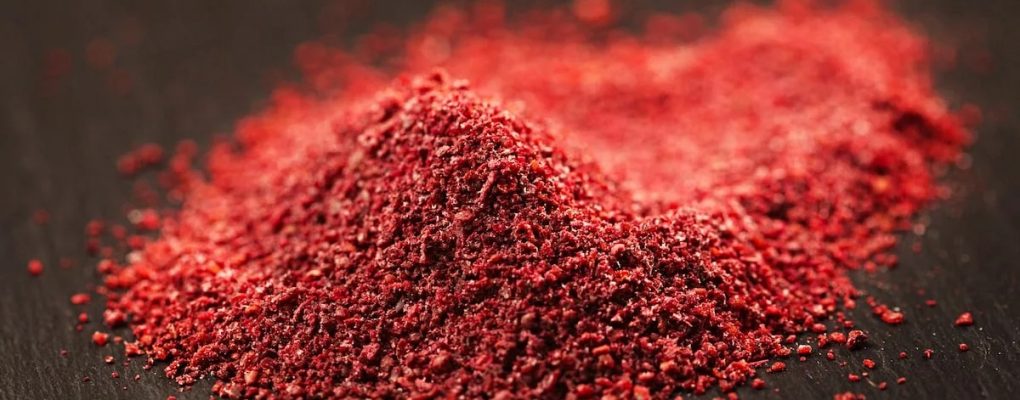
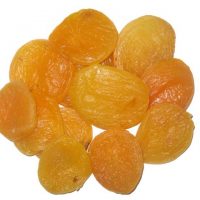
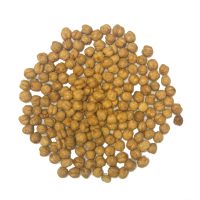
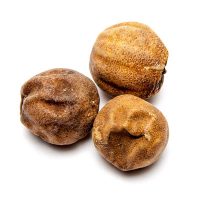
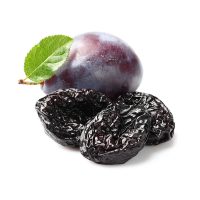
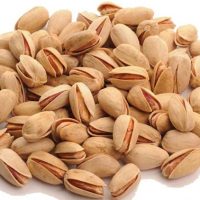
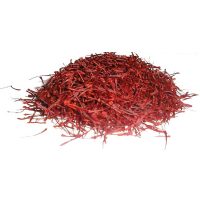
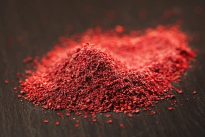
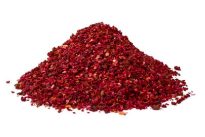
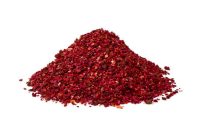
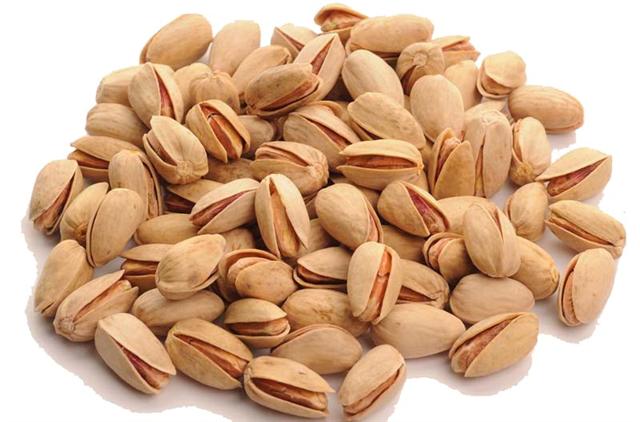
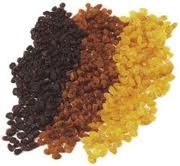 3 kind raisin
3 kind raisin 